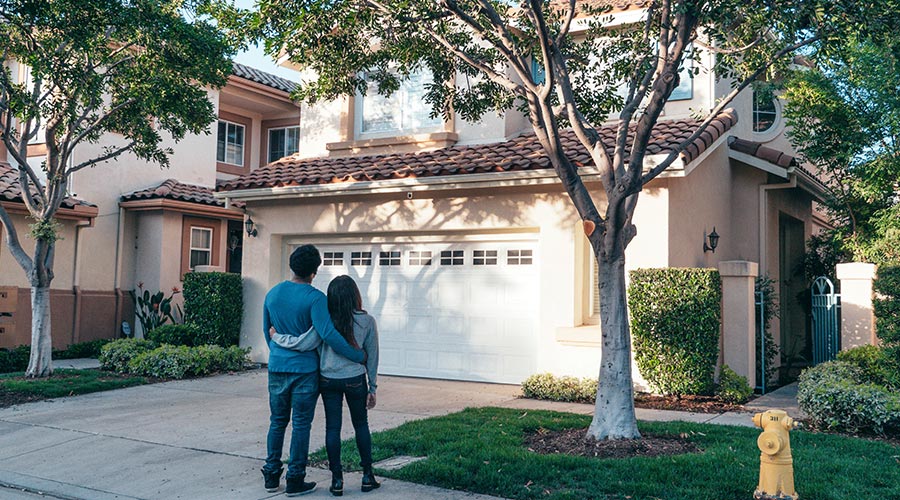Many middle-class American homeowners build up more than half of their wealth through their home equity. For a long time, homeownership, a cornerstone of the American dream, has been a common way for Americans to boost their financial standing and secure a stable future for their families.
Yet this path to financial security is not equally accessible to all Americans. Black and Hispanic Americans face many more obstacles when buying homes compared to white Americans. We can see the impact of those barriers today, where the homeownership gap between Black and white Americans is over 30%. To put it into perspective, the gap is now larger than it was in 1960 when racial discrimination in housing was legal.
Since homeownership is an integral way to build individual and generational wealth, the homeownership gap between Black and white Americans has greatly fueled growing wealth inequities.
A Result of Enduring Discrimination and a Broken System
The Black homeownership gap was produced and persists due to four centuries of institutional and systemic racism targeting Black Americans. For generations, Black individuals and families were outright denied the opportunity to build generational wealth through purchasing homes which could be handed down to their descendants. This has had a major impact on current inequities in income, health, education and across so many other areas of opportunity.
Banks have also played a hand in widening the racial gap in homeownership by approving fewer loans to Black Americans than to their white counterparts. Or, if banks do approve loans, they often come with less favorable terms compared to those given to white Americans with comparable credit profiles.
The Fair Housing Act, passed in 1968, made it unlawful for someone to be discriminated against when buying or renting a home. The fact that the Black homeownership gap has continued to grow since the Fair Housing Act was passed is proof that a lot more needs to be done to address this injustice.
What Can Be Done About the Racial Homeownership Gap?
While it’s impossible to fix centuries of racial injustices overnight, there are some organizations and advocates working to help close the gap. One of the most recent and notable efforts is that of Bernice King, the youngest child of Dr. Martin Luther King Jr., and entrepreneur Ashley Bell. They partnered together to create Ready Life, a digital platform that uses blockchain technology to help families of all racial backgrounds buy their first home and help small businesses expand their operations.
When people use Ready Life’s banking platform to pay their rent, they can qualify for a mortgage regardless of their credit score. Additionally, the platform has features that can help educate its users about the process of homeownership.
It’s important to create more platforms like Ready Life, but it is also up to financial institutions to take steps to help close the gap and right the inequalities of the past.
Bernice King and the Southern Communities Initiative
In addition to King’s work with Ready Life, she serves as the Atlanta community lead for the Southern Communities Initiative (SCI). SCI is a group founded by Founder, Chairman, and CEO of Vista Equity Partners Robert F. Smith alongside President and CEO of PayPal Dan Schulman and Global Chair of Boston Consulting Group Rich Lesser. This initiative helps to address education, healthcare, workforce development, digital access and housing inequities in six southern communities that are home to more than half of Black Americans.
A big part of SCI’s work is to help close the Black homeownership gap by expanding access to capital through community development financial institutions (CDFIs). SCI is able to do so by helping to modernize banks’ computer systems to provide the tools they need to serve their communities. One set of upgrades that many might take for granted are computer systems for processing loan applications. When banks are limited to antiquated paper applications, they process applications slower than they would otherwise be able to with upgraded technology.
The Bottom Line
There is an undoubtedly long road ahead to fix long standing racial injustices that led to the current homeownership gap, but together we can take steps to move forward. With time, the collective efforts of individuals, organizations and policy changes can increase Black homeownership rates.
Learn more about the Southern Communities Initiative and their efforts to help close the Black homeownership gap.
